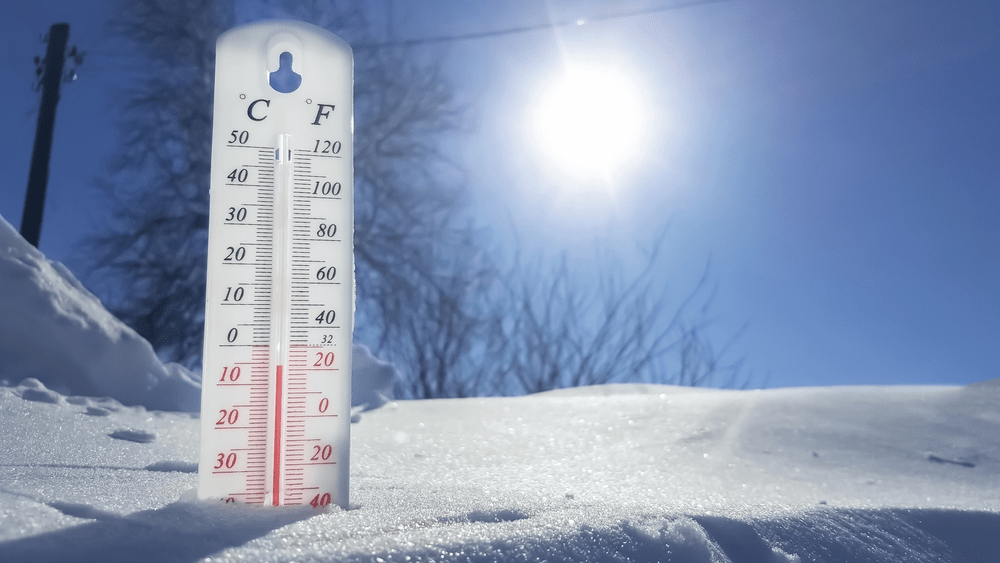Aim: To study the effect of time on the rate of crystallization
Requirements:
Chemicals: Potassium nitrate, Water.
Apparatus/ Instrument: Thermometer, Water Bath, Tripod Stand, Test tube, Stop Clock.
Principle:
- Crystallization is the process of forming a crystalline material from a liquid, gas, or amorphous solid. The crystals thus formed have highly regular internal structures, the basis of which is called the crystal lattice.
- All crystallization processes are aimed at creating a supersaturated solution or melt. Supersaturation is the driving force under whose influence new crystals are formed and present crystals grow.
- For most substances, the solubility increases with increasing temperature.
Procedure:
Effect of time on the rate of Crystallization
- 75 gm of potassium nitrate is accurately weighed (W1 g).
- 100ml of water is transferred into a 250ml beaker.
- The beaker containing water is placed in a constant temperature water bath maintained at 50 0C.
- Potassium nitrate is added into the water little by little, the solution is stirred with a glass rod to dissolve the solute.
- The process is continued until a saturated (with a little excess of solutes) solution is formed.
- The weight of potassium nitrate remained as weighed (W2 g). The difference in the weight W= (W1-W2 gm) gives the weight of potassium nitrate added into 100ml water.
- From this 10ml of the saturated solution is transferred into 9 beakers.
- All beakers are placed into an ice bath at once. The temperature of the solution decreases suddenly due to shock cooling forming a supersaturated solution. Nucleation and crystal growth take place.
- Ager 10 minutes the solution of the first beaker is filtered to collect the crystals.
- This is repeated ager 10 minutes there ager using the solutions of the remaining beakers.
- All the crystals are collected on the filter paper separately and are subjected to drying using the dryer.
- The weight of each sample of crystals is recorded.
- A graph is plotted taking time on X – the axis and percentage (%) weight of crystal on the y-axis.
Observation Table:
| Time (min) | Weight of crystal formed ‘b’ | % Weight of crystals b/a X 100 |
| 10 | ||
| 20 | ||
| 30 | ||
| 40 | ||
| 50 | ||
| 60 | ||
| 70 | ||
| 80 | ||
| 90 |
A = weight of potassium nitrate present in 10 ml of water (Theoretical weight)
RESULT:
The effect of time on the rate of crystallization is‐‐‐‐‐‐‐
Make sure you also check our other amazing Article on: What are the factors affecting rate of evaporation?
